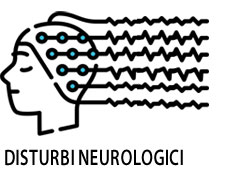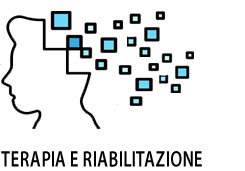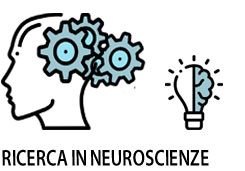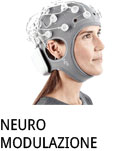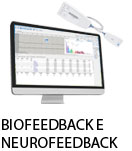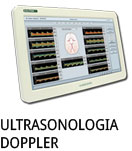- +39 011 5821948
- info@geasoluzioni.it
- Lun - Ven 8:00 - 17:30
Differentiating responders and non-responders to rTMS treatment for depression after one week using resting EEG connectivity measures
- Abstract:
- Abstract BACKGROUND: Non-response to repetitive transcranial magnetic stimulation (rTMS) treatment for depression is costly for both patients and clinics. Simple and cheap methods to predict response would reduce this burden. Resting EEG measures differentiate responders from non-responders, so may have utility for response prediction. METHODS: Fifty patients with treatment resistant depression and 21 controls had resting electroencephalography (EEG) recorded at baseline (BL). Patients underwent 5-8 weeks of rTMS treatment, with EEG recordings repeated at week 1 (W1). Forty-two participants had valid BL and W1 EEG data, and 12 were responders. Responders and non-responders were compared at BL and W1 in measures of theta (4-8 Hz) and alpha (8-13 Hz) power and connectivity, frontal theta cordance and alpha peak frequency. Control group comparisons were made for measures that differed between responders and non-responders. A machine learning algorithm assessed the potential to differentiate responders from non-responders using EEG measures in combination with change in depression scores from BL to W1. RESULTS: Responders showed elevated theta connectivity across BL and W1. No other EEG measures differed between groups. Responders could be distinguished from non-responders with a mean sensitivity of 0.84 (p = 0.001) and specificity of 0.89 (p = 0.002) using cross-validated machine learning classification on the combination of all EEG and mood measures. LIMITATIONS: The low response rate limited our sample size to only 12 responders. CONCLUSION: Resting theta connectivity at BL and W1 differ between responders and non-responders, and show potential for predicting response to rTMS treatment for depression.
- Patologie/Applicazioni:
- Anno:
- 2018
- Tipo di pubblicazione:
- Articolo
- Parola chiave:
- stimolazione magnetica transcranica; depressione; EEG
- Testata scientifica:
- Journal of Affective Disorders
- Nota:
- Gli aspetti fondamentali dello studio sono i seguenti: (1) La connettività a riposo dell'attività theta è più alta nei soggetti reattivi alla rTMS per la depressione. (2) L'EEG e le misure degli andamenti di reattività combinati insieme forniscono l'accuratezza della previsione della risposta dell'86% alla terapia rTMS per la depressione. (3) La coerenza e la frequenza dei picchi alpha non hanno mostrato differenze tra i soggetti reattivi e non reattivi alla terapia.
- DOI:
- 10.1016/j.jad.2018.08.058.
Hits: 1903
La nostra storia
GEA soluzioni si affaccia nel 2013 al mercato della strumentazione medicale di alto livello tecnologico ma la sua storia parte da più lontano, clicca qui per approfondire.
GEA SOLUZIONI SRL
via Issiglio 95/10, Torino
Tel.: 011 5821948 / 011 4463853
Fax: 011 0433281
Email: info @ geasoluzioni.it
P. IVA IT11696920013
REA TO1233648

